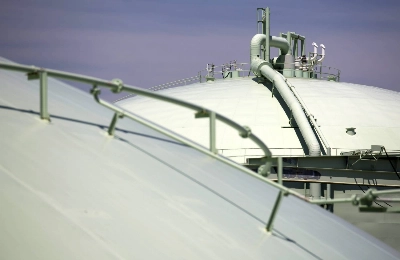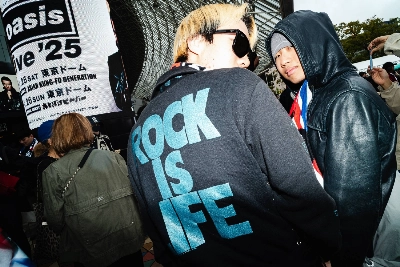The head of a study panel of economists for the Economic Planning Agency on Monday said that the Japanese economy hit bottom in spring 1999.
Miyohei Shinohara, head of the diffusion index research panel, a private study group that answers to the EPA's Research Bureau chief, and professor emeritus at Tokyo International University, revealed the opinion at a news conference after the panel met.
At Monday's meeting, panel members analyzed economic data to judge exactly when the Japanese economy emerged from the recession.
At its next meeting, which could be held as early as June, the panel is likely to determine when the economy bottomed out, with the EPA the same month expected to formally announce when Japan's worst postwar recession ended.
Many economists believe the economy hit a trough in April 1999 and has since been expanding.
The agency has indicated that it will conclude when the economy started its current phase of expansion after reviewing capital investment, consumer spending and other data for private-sector demand.
To determine the months when a peak or trough occurs in an economic cycle, economists typically watch the coincident index of economic indicators, one of three indexes calculated by the EPA to gauge economic conditions.
Last Tuesday, the agency said the March coincident index registered a reading of above 50 percent -- an indication of economic expansion -- for the ninth straight month.
In March, the index of leading indicators as well as that of lagging indicators posted readings above 50 percent, resulting in all three indexes the EPA publishes monthly staying above the bust line for the first time since November 1996.
















With your current subscription plan you can comment on stories. However, before writing your first comment, please create a display name in the Profile section of your subscriber account page.